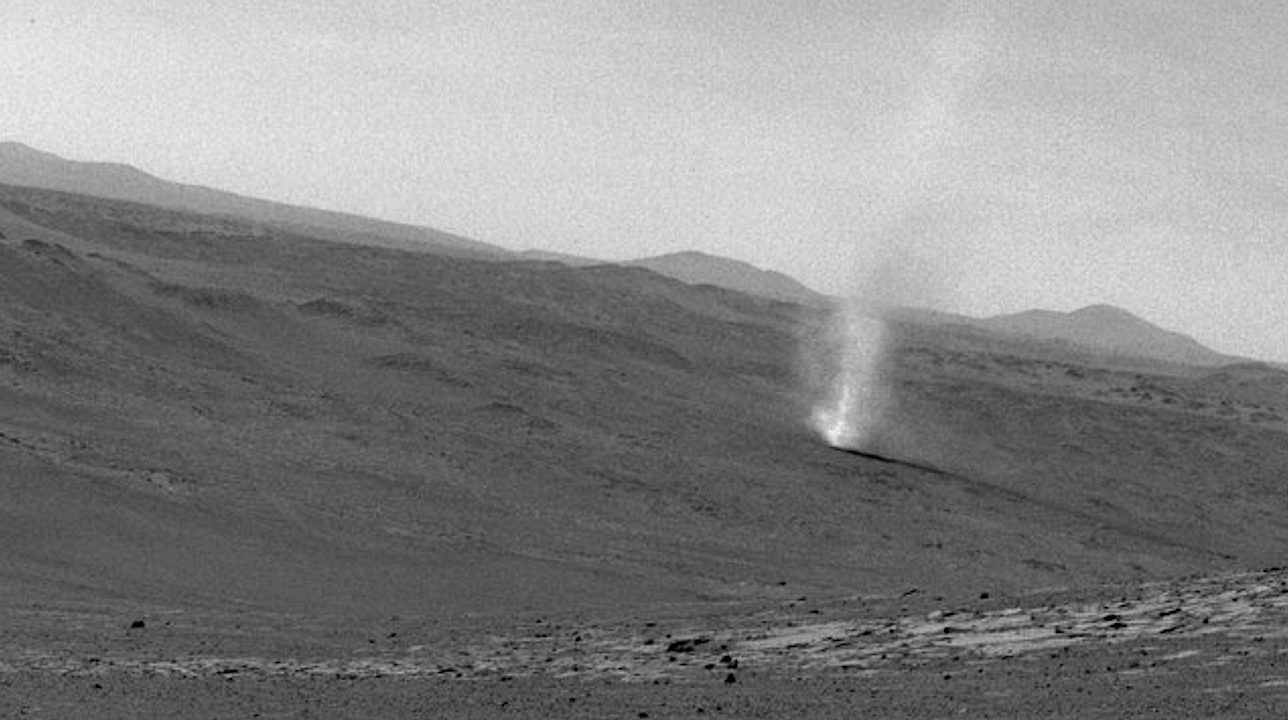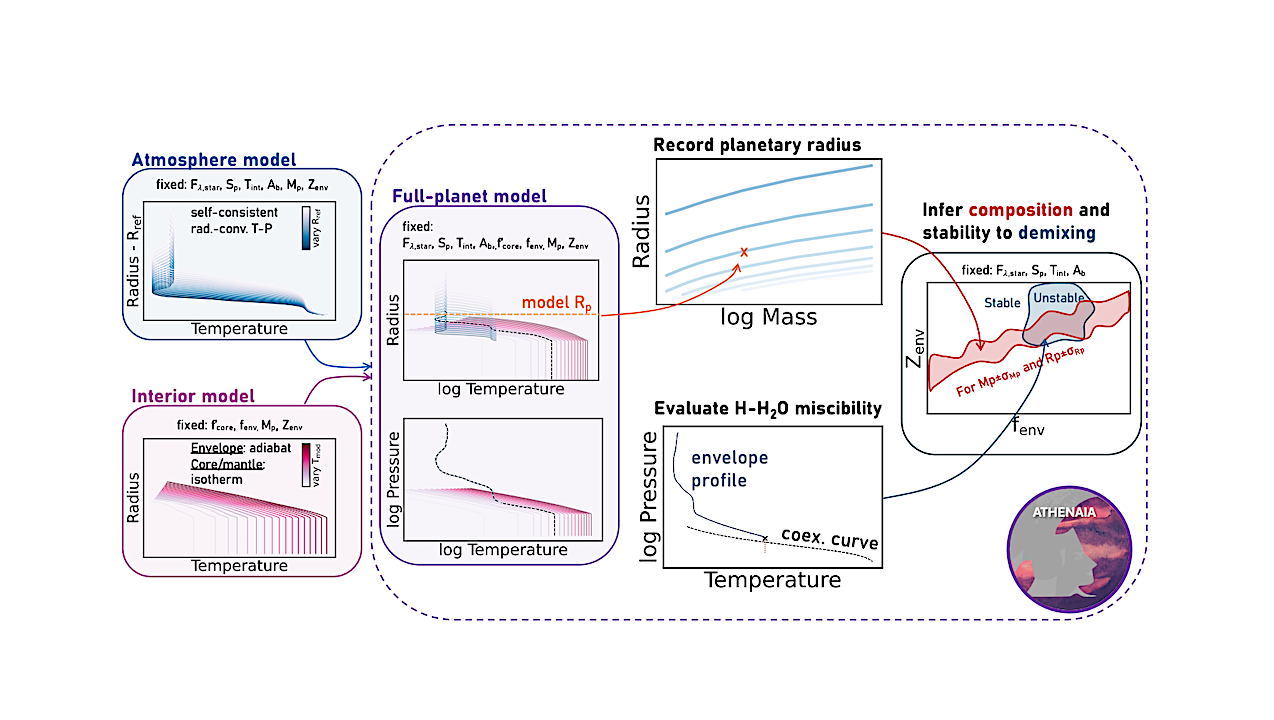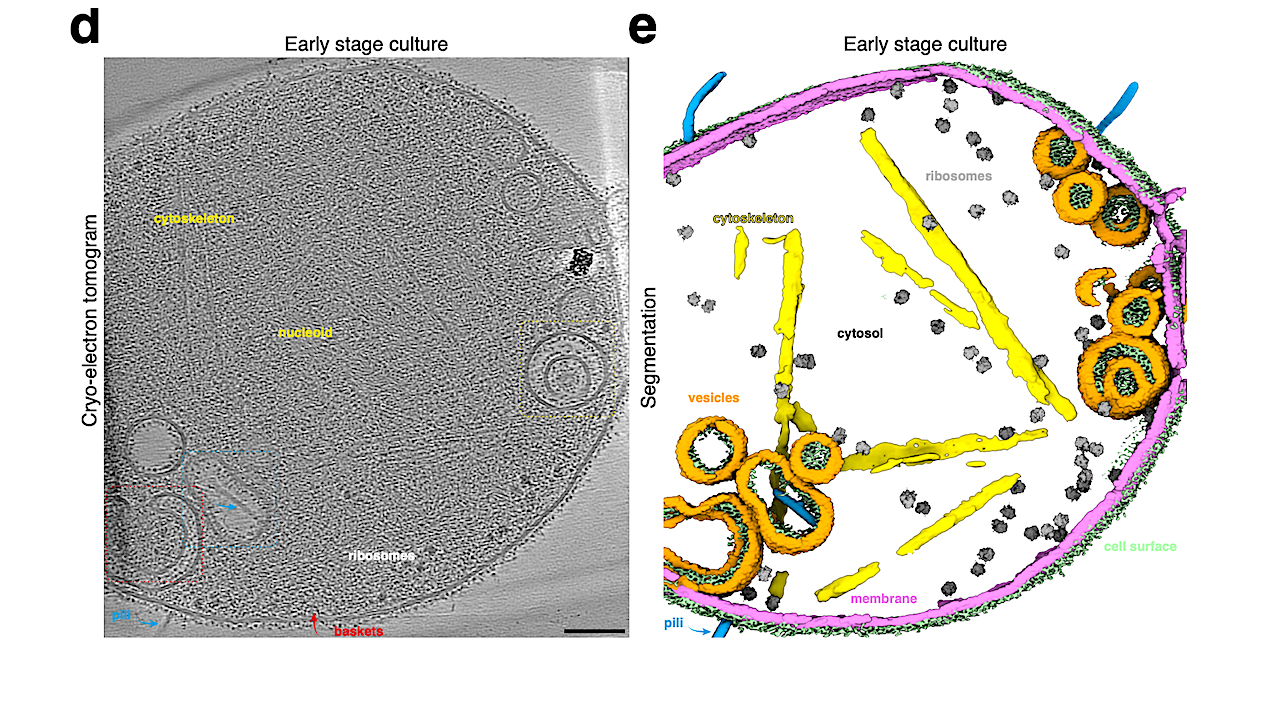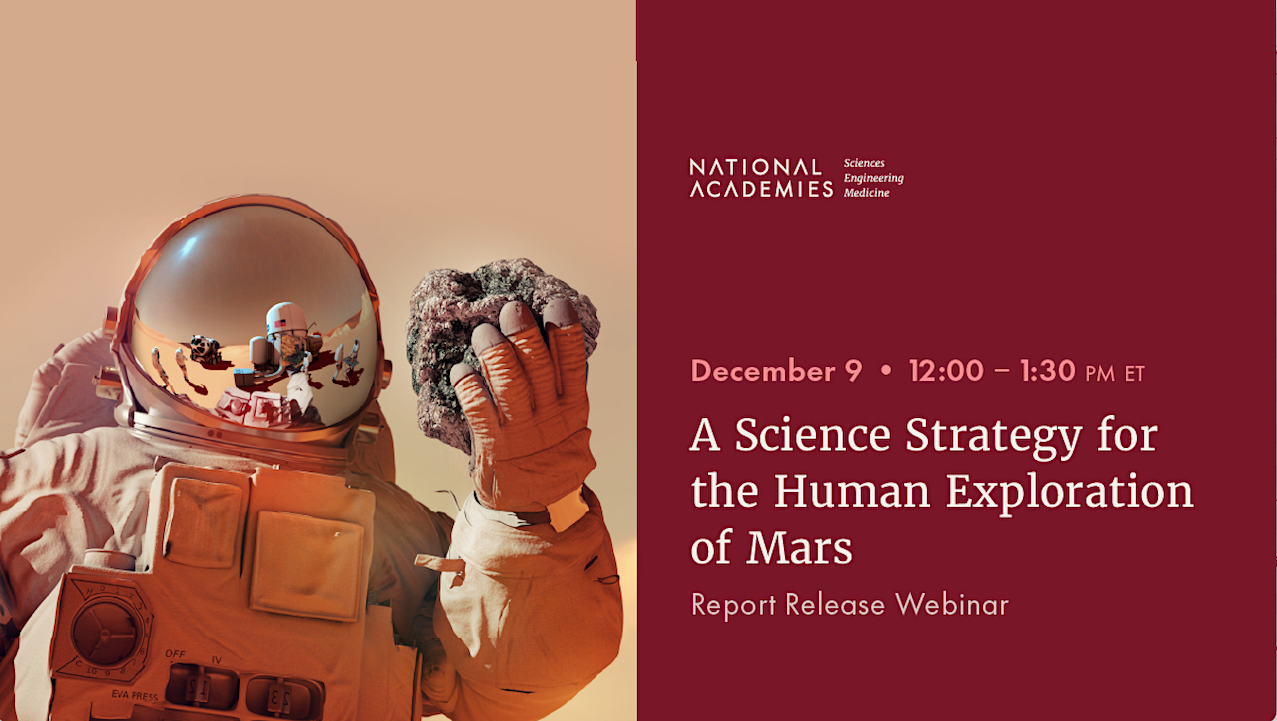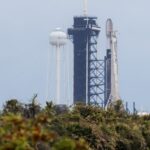A First Order Filter For The Detection of Potentially Habitable Exoplanets — Grok via Astrobiology.com The search for potentially habitable exoplanets is a primary objective in modern astrophysics, yet the
Astrobiology3- Page
Perseverance confirmed a long-suspected phenomenon in which electrical discharges and their associated shock waves can be born within Red Planet mini-twisters. — NASA NASA’s Perseverance Mars rover has recorded the
Complex Life Developed Earlier Than Previously Thought The research led by the University of Bristol was published in the scientific journal Nature 3 December, the research indicates that complex organisms
Earth and Mars — NASA.gov The Milankovitch cycles of Earth result from gravitational interactions with other bodies in the Solar System. These interactions lead to slow changes in the orbit
Illustration of the workflow for the construction of coupled interior-atmosphere models with ATHENAIA. For each composition, atmosphere models are calculated with SCARLET (top left) and interior models following the model
An example of a simulated spectrum for a Proterozoic Earth–like planet, in which no single feature dominates but absorption from numerous molecules is visible, including O2 and O3. The N2O
(d) Cryo-ET slice through a cell body of early-log phase Ca. Y. umbracryptum with multiple intracellular vesicles. Scale bar: 100 nm. (e) Semantic segmentation of the tomogram shown in panel
A Science Strategy For The Human Exploration of Mars December 9, 2025 12:00 PM – 1:30 PM (ET) Register https://www.nationalacademies.org/projects/DEPS-SSB-23-02/event/46072 When astronauts set foot on Mars, it will be one
Antarctic Search for Meteorites Program (ANSMET) Antarctic Meteorite Newsletter – Volume 48 No. 2 November 2025 ANSMET is sorry to report that we’ve been cancelled for the 2025-26 field season-
Absorption cross-section per molecule extracted from the ExoMol database. For this plot, we set the temperature to 2800 K and pressure to 7.7 kPa as thermal and pressure broadening parameters.
-
 012024 in Review: Highlights from NASA in Silicon Valley
012024 in Review: Highlights from NASA in Silicon Valley -
 02Panasonic Leica Summilux DG 15mm f/1.7 ASPH review
02Panasonic Leica Summilux DG 15mm f/1.7 ASPH review -
 03How New NASA, India Earth Satellite NISAR Will See Earth
03How New NASA, India Earth Satellite NISAR Will See Earth -
 04And Thus Begins A New Year For Life On Earth
04And Thus Begins A New Year For Life On Earth -
 05Astronomy Activation Ambassadors: A New Era
05Astronomy Activation Ambassadors: A New Era -
 06From Polymerization-Enabled Folding and Assembly to Chemical Evolution: Key Processes for Emergence of Functional Polymers in the Origin of Life
06From Polymerization-Enabled Folding and Assembly to Chemical Evolution: Key Processes for Emergence of Functional Polymers in the Origin of Life -
07SpaceX launch surge helps set new global launch record in 2024



